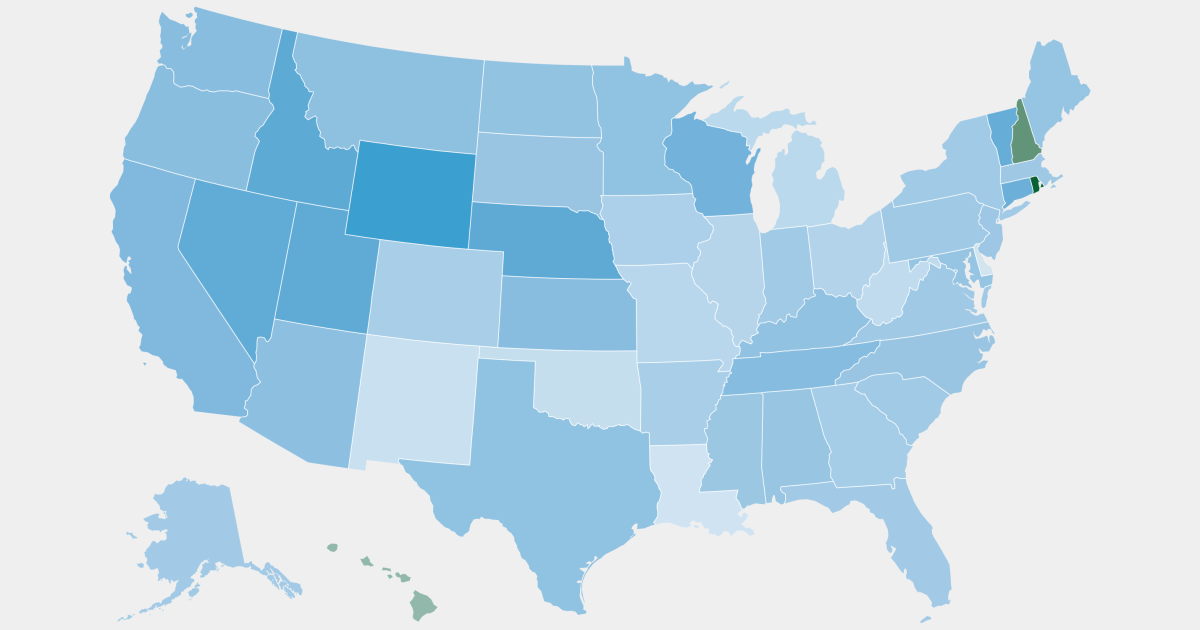One in 4 middle-income new homeowners — twice as many as a decade before — are buying into cost-burdened situations.
The share of middle-class Americans who are buying wallet-squeezing homes has more than doubled in the previous 10 years.
Almost 30% of middle-class homeowners bought homes with monthly payments costing more than 30% of their income in 2022, an NBC News analysis of Census Bureau data found. That’s more than twice the share from 2013, with experts warning it leaves many households with less money for groceries and emergencies and less able to get ahead in the future.
That “cost-burdened” benchmark — in which a household devotes over 30% of income to housing costs — is a widely used measure of affordability for both homeownership and renting. The Census Bureau measures housing costs against it, and the Department of Housing and Urban Development has used it for decades.



There’s no guarantee that it will all turn out positive, though. That’s why they call it “risk”.
Those first few years will be the most vulnerable, as you are not paying down principal very fast. All it takes is a job loss combined with a modest short-term real estate downturn to end up underwater on their house but still needing to sell.
But if someone is able to buy in now, maintain stable employment, and keep paying that mortgage for 5 years or so, then they will likely be better off than if they had rented all that time. How many people here can say they are confident in their job security over the next 5 years, though?
You might be a bit optimistic there